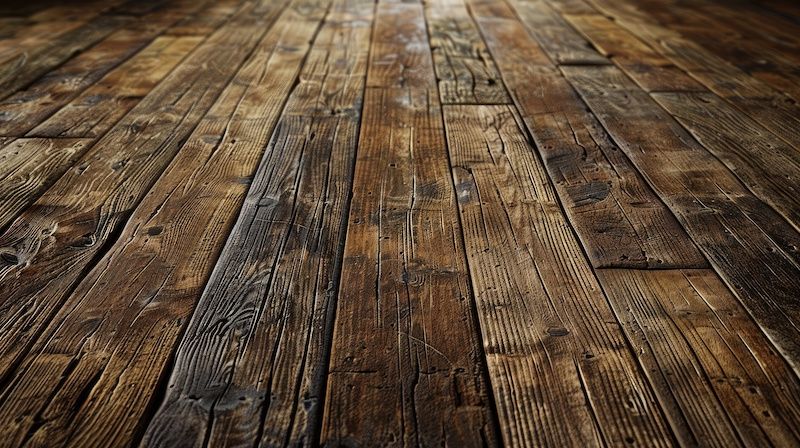Expert Diagnosis
Our dry rot specialists conduct thorough dry rot surveys within your property to assess the extent of your dry rot problem accurately.
Dry rot, caused by the Serpula lacrymans fungus, thrives in humid conditions and can lead to severe timber decay if not addressed. This fungal growth can weaken structural timber, jeopardising the stability of your property. Recognising the signs of dry rot early is essential for effective treatment and prevention.
Our dry rot treatment services include comprehensive assessments that identify the source of moisture contributing to the problem. Using advanced wood preservatives, we eliminate dry rot spores and repair affected timber, ensuring a long-term solution to restore your property’s structural integrity.
Rising damp is often caused by the failure of a damp proof course (DPC) or the absence of one altogether. In older houses, old mortar and brickwork can also contribute to moisture movement, allowing dampness to penetrate from the ground level into the
Our dry rot specialists conduct thorough dry rot surveys within your property to assess the extent of your dry rot problem accurately.
We use the best methods and materials for effective, long-lasting treatment, ensuring the decay of wood is addressed comprehensively.
Each treatment plan is tailored to your specific situation, considering the types of wood and environmental conditions involved.
If you suspect a dry rot problem in your property, contact our dry rot experts today. We’ll help diagnose the issue and find the best way to protect your home or business long-term.

Signs of dry rot include a musty smell, visible fungal growth, and wood that feels spongy or crumbles easily. A dry rot survey can help confirm the diagnosis and identify affected timber.
Dry rot is caused by moisture ingress due to leaks, high humidity, or lack of ventilation. Fungal spores can settle on damp materials, prompting an outbreak of dry rot if the conditions remain favourable.
Effective dry rot treatment involves removing affected materials, applying a high-quality wood preservative, and addressing the source of moisture. This approach stops the dry rot life cycle and protects remaining timber from further damage in the long term.
Yes, even new timber can be affected by dry rot if moisture levels are high and conditions are right. Regular inspections and moisture control are key to preventing damage to new building materials.
The duration of dry rot treatment can vary based on the extent of the infestation and the treatment methods employed. Typically, initial treatments can take a few days, but extensive damage may require more time.





